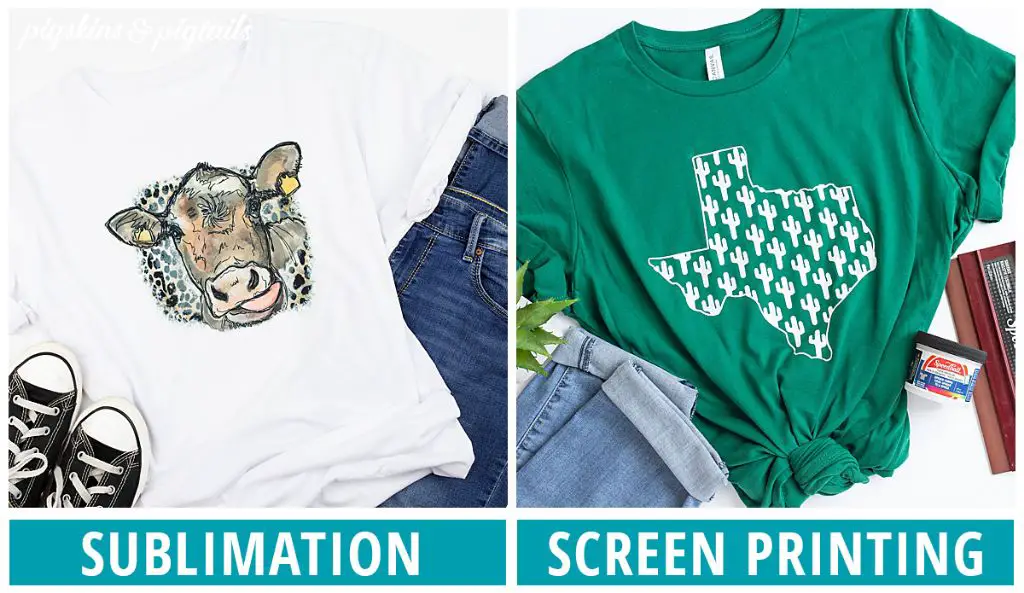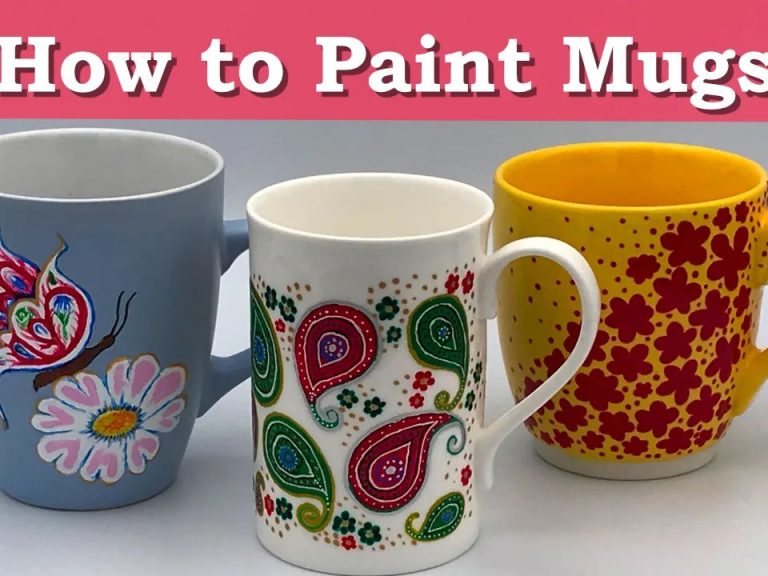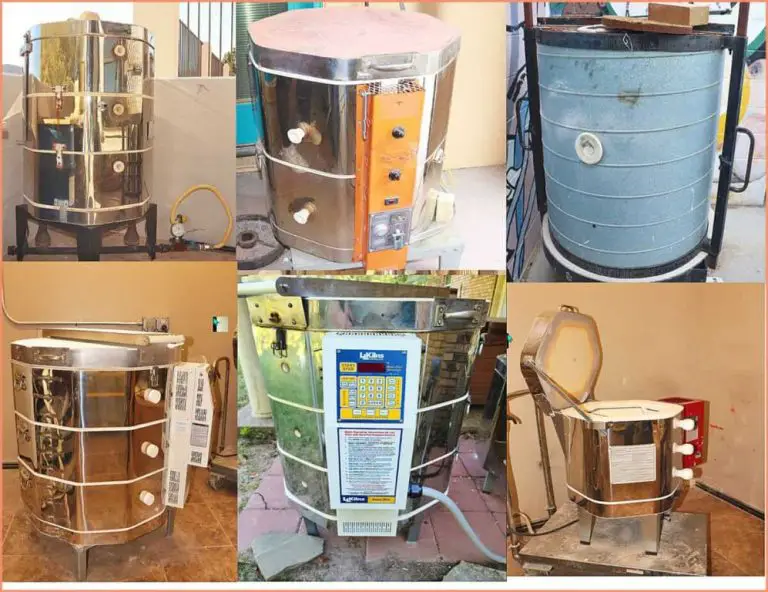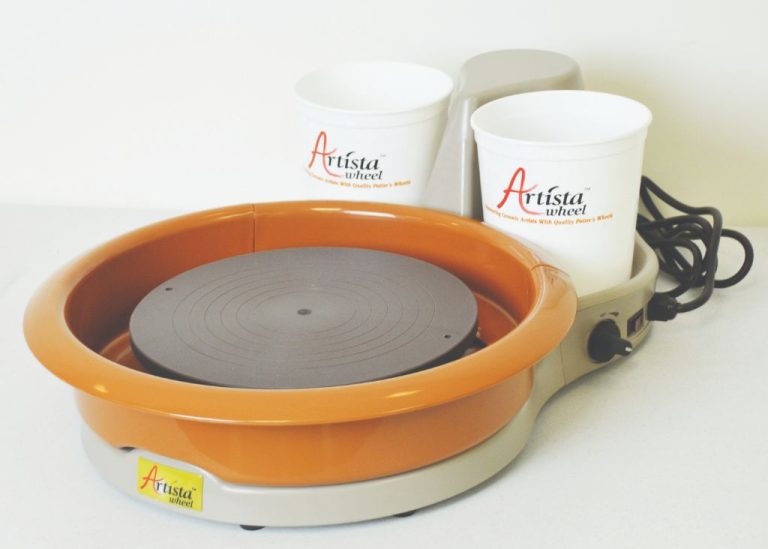How Do You Get Designs On Mugs?
The Versatility of Custom Printed Mugs
Custom printed mugs have become increasingly popular over the years for both personal and professional use. With the ability to add full-color graphics, photos, and text, mugs provide a useful and creative way to display custom designs. From marketing giveaways and event favors to unique gifts and personalized keepsakes, custom mugs present a fun option for showing off your brand, spreading a message, or capturing memories.
The endless versatility and usefulness of mugs make them a practical promotional item. A customized mug sits on a desk or shelf at home or work, marketing a brand every time it’s used. Mugs are a daily essential for coffee and tea drinkers, ensuring your design is front and center. As useful household and office items, mugs tend to have lasting staying power compared to disposable promo products. Your custom design can make an impression and spark conversations with every sip.
Preparation
Before getting a design printed on a mug, you’ll need to make some preparations regarding the mug type, design considerations, and image requirements.
When choosing a mug type, consider the material. Ceramic mugs with a glossy surface work best for photo quality designs. Porcelain and stoneware mugs are also good options. Plastic mugs can work for basic designs. The shape of the mug will also impact the printable area.
Keep your design simple with solid colors and minimal details. Text and logos need to be large enough to read. Photographic images won’t show tiny details. Make sure to design within the printable dimensions, leaving room at the edges and handle. Consider how the curve of the mug will impact the design.1
For image requirements, high resolution photos are best. Digital images should have a minimum resolution of 200dpi when printed at full size. Dimensions will vary based on mug size, but common printable areas are 8.25″ x 3.7″ or 11″ x 4″.2
Printing Methods
There are several popular techniques for printing custom designs onto mugs and other drinkware. Three of the most common methods are:

Screen Printing
Screen printing, also known as silk screening, is one of the most traditional techniques for printing onto mugs. It involves using a stencil and squeegee to push ink through the stencil onto the mug surface. Screen printing allows for bright, bold, solid colors and designs. It works best for simple graphics or text. This printing method can be done in-house by mug suppliers or businesses with screen printing equipment.
Dye Sublimation
Dye sublimation printing yields full-color, continuous tone prints that wrap around the entire mug. The process uses heat to infuse dye into the mug’s polymer coating. It allows for photorealistic images, gradients, and high print quality. The downside is that sublimation only works on polymer-coated drinkware. An advantage is that the printed graphics won’t chip or fade over time. Sublimation printing requires specialized equipment.
Digital Printing
Digital printing refers to printing directly onto the mug surface using inkjet or laser printers. It allows for photographic images, though print quality and durability are not as high as dye sublimation. Digital printing is ideal for prototypes, small batches, or mugs that don’t need a full wraparound design. It requires little equipment other than the printer.
When deciding on a printing method, consider factors like image complexity, print quality, batch size, and production time. Each technique has its own advantages for putting custom graphics and text onto mugs.
Screen Printing
Screen printing involves pushing ink through a mesh screen stencil onto the mug surface (What is Screen Printing? The Pros and Cons of … – Contrado). The stencil openings define the image areas while the rest of the screen blocks off non-image areas. Each color requires its own stencil, so multi-color designs involve aligning multiple screens and printing layers on top of each other.
Some key pros of screen printing mugs include (mugs…sublimation or screen printing????? – T-Shirt Forums):
- Works well for simple spot color designs or complex multi-color artwork
- Can print on a wide variety of mug materials like ceramics, plastics, metals, etc.
- Inexpensive per-unit cost at higher quantities making it good for mass production
Screen printing also has some downsides to consider:
- Setup charges are high so it’s not ideal for small quantity orders
- Inks don’t always bond well with slick surfaces like mugs with an enamel coating
- Four color process printing is difficult to achieve accurately
The best mug designs for screen printing have bold spot colors and avoid fine details or gradients. Simple logos, text, and illustrative designs translate nicely. Photographic images can be challenging.
Dye Sublimation
Dye sublimation is a printing process that uses heat to transfer dye onto materials like plastic, cardstock, or ceramic. It works by turning special sublimation inks into a gas using high heat between 350-400°F. The gaseous ink then permanently bonds with polymer coatings on items like mugs, mousepads, and phone cases.
Some key pros of dye sublimation printing are:
- Vibrant, photorealistic prints – The dye fully penetrates the material for rich, permanent color.
- Versatile for printing on hard goods – Wide range of items like mugs, tiles, and plates can be printed.
- Environmentally friendly – No hazardous inks or solvents used.
Some potential cons are:
- Limited to polymer coated surfaces – Won’t work on natural fabrics like cotton.
- Special printer and inks required – More investment than standard printing.
- Production can be slow – Items must be printed one at a time.
Dye sublimation excels at full-wrap photorealistic designs that cover the entire mug with crisp details and vivid coloring. It also allows for unique effects like fades, gradients, and distressed designs. Contrasting matte and glossy finishes can further enhance the visual appeal.
Sources:
What is Sublimation Printing?: The Pros and Cons of Sublimation Printing
Digital Printing
Digital printing refers to printing directly onto the mug using inkjet or laser printers. It works by transferring the image or design directly from a digital file onto the mug surface. With digital printing, there are no printing plates or screens required.
Some of the pros of digital printing on mugs include:
- Fast turnaround times since there is no plate or screen setup
- Ability to print high quality, full-color photographic images
- Lower setup costs compared to screen printing
- Ideal for printing variable data and customization
- Does not require large minimum order quantities
However, there are also some limitations with digital mug printing:
- Ink durability may be lower than screen printing or dye sublimation
- Prints may fade or scratch off easier than other methods
- Higher cost per print compared to high volume screen printing
- Smaller print sizes, usually up to 11 oz mugs
Digital printing works well for printing photorealistic images, custom designs, or variable data onto mugs. It provides a fast and affordable option for lower quantities or personalized designs. The finished mugs should be hand-washed to preserve print quality over time.
Finishing Touches
After a design has been applied to a mug, there are options for finishing touches to protect the design and package the mug for sale or gifting. Some common finishing touches include:
Applying protective coatings like a varnish or polymer coating can help shield the design from damage caused by frequent washing and handling. The coating seals the design underneath a durable yet clear layer. Different finishes like matte, glossy, or even textured coatings can change the look.
Packaging the mug in a custom box or gift package provides protection during shipping and storage. Companies like The Product Boxes and Custom Boxes Market offer a range of custom mug packaging options including:
- Cardboard mug boxes in different shapes/sizes
- Window cutouts to display the mug
- Coatings like spot UV, matte, or gloss
- Tissue paper for cushioning
Packaging can enhance gifting with a decorative box and also protect the mug during shipping to customers.
Design Tips
When designing for mugs, there are some best practices to follow:
Use simple, bold fonts like Arial or Helvetica. Thin fonts may not show up well on a curved surface. Stick to font sizes 18pt and above for maximum legibility. According to Printful, sans serif fonts tend to work better than serif fonts on mugs.
Use thick line weights of at least 2pt so details don’t get lost. Thin lines may disappear when printed on a mug.
Account for the curve of the mug in your design. Avoid putting critical design elements too close to the mug’s handle or bottom rim where distortion is highest. Keep important images and text within a “safe area” at least .5″ from the edge.
Bold, simple designs with minimal text tend to be most readable on a curved surface. Make sure key design elements are large and thick enough to be easily visible when the mug is held.
Use high contrast colors so the design stands out on the mug’s background color. Light colors on a white mug may get washed out.
Consider putting key art/text on both sides of the mug so it’s visible from multiple angles. Wrap text avoids getting distorted on the mug’s curve.
Ordering Services
There are two main options for ordering custom printed mugs – using an online vendor or a local print shop.
Online Vendors
Online vendors like Guru Printers and JetPrint make the process easy by allowing you to upload designs and order mugs directly through their website. They handle printing the mugs and shipping them directly to you or the recipient. Online ordering provides convenience, quick turnaround times, and services customers globally.
Local Print Shops
Local print shops allow you to work with a business in your community. You can meet with them in person to discuss your design and specifications. They may offer faster turnaround for rush orders. However, you’ll likely have fewer customization options than online. Pricing at local print shops varies greatly depending on the quantity and quality.
Turnaround Time and Pricing
Turnaround time for custom printed mugs can range from a few days to a couple weeks depending on the vendor and shipping method. Standard mugs with 1-color designs can cost $5-15 per mug. More complex full color designs on premium mugs may cost $15-30 each. The quantity ordered will impact per unit pricing as well, with bulk orders being cheaper per mug.
Conclusion
In summary, there are several great methods for getting custom designs onto mugs, including screen printing, dye sublimation, and digital printing. Each method has its own advantages and works best for certain types of designs and quantities. With the right preparation and finishing touches, you can create high quality custom mugs with your artwork and logo.
Having custom designed mugs offers many benefits for both businesses and individuals. As discussed, custom mugs are an excellent branding opportunity, allowing you to display your brand, logo, or artwork. They are great for building brand awareness and recognition. Custom mugs also make meaningful gifts and souvenirs. Overall, custom designed mugs provide a useful yet affordable way to promote your brand or share your passion.






